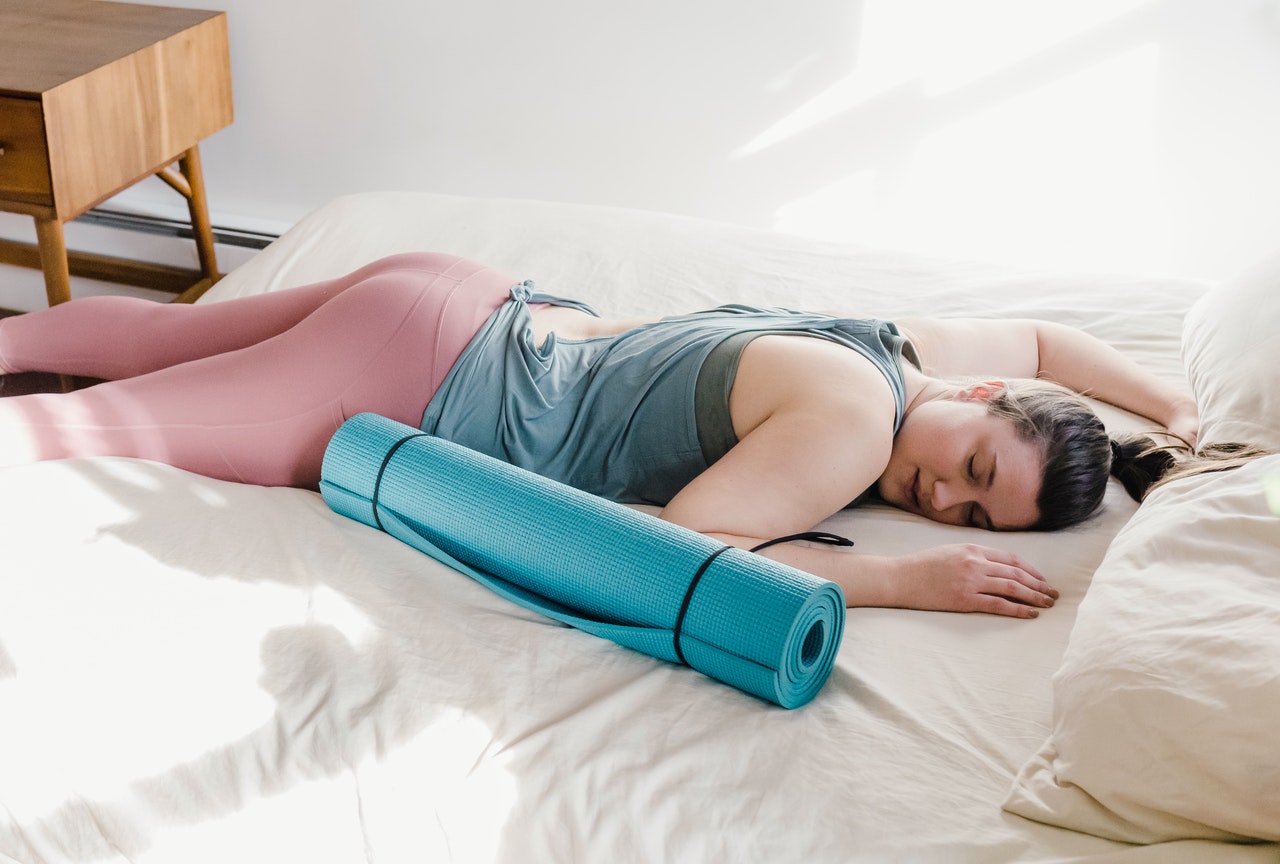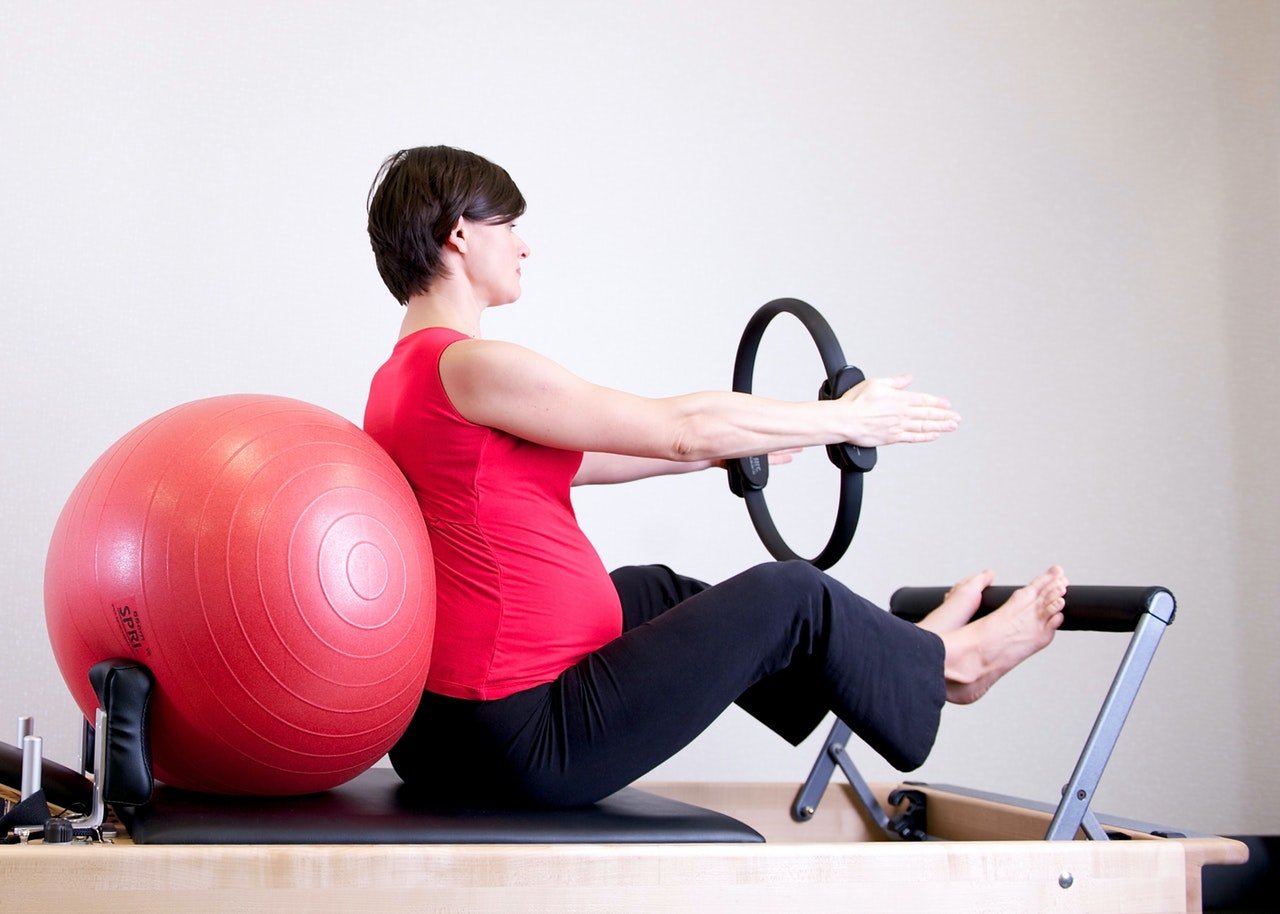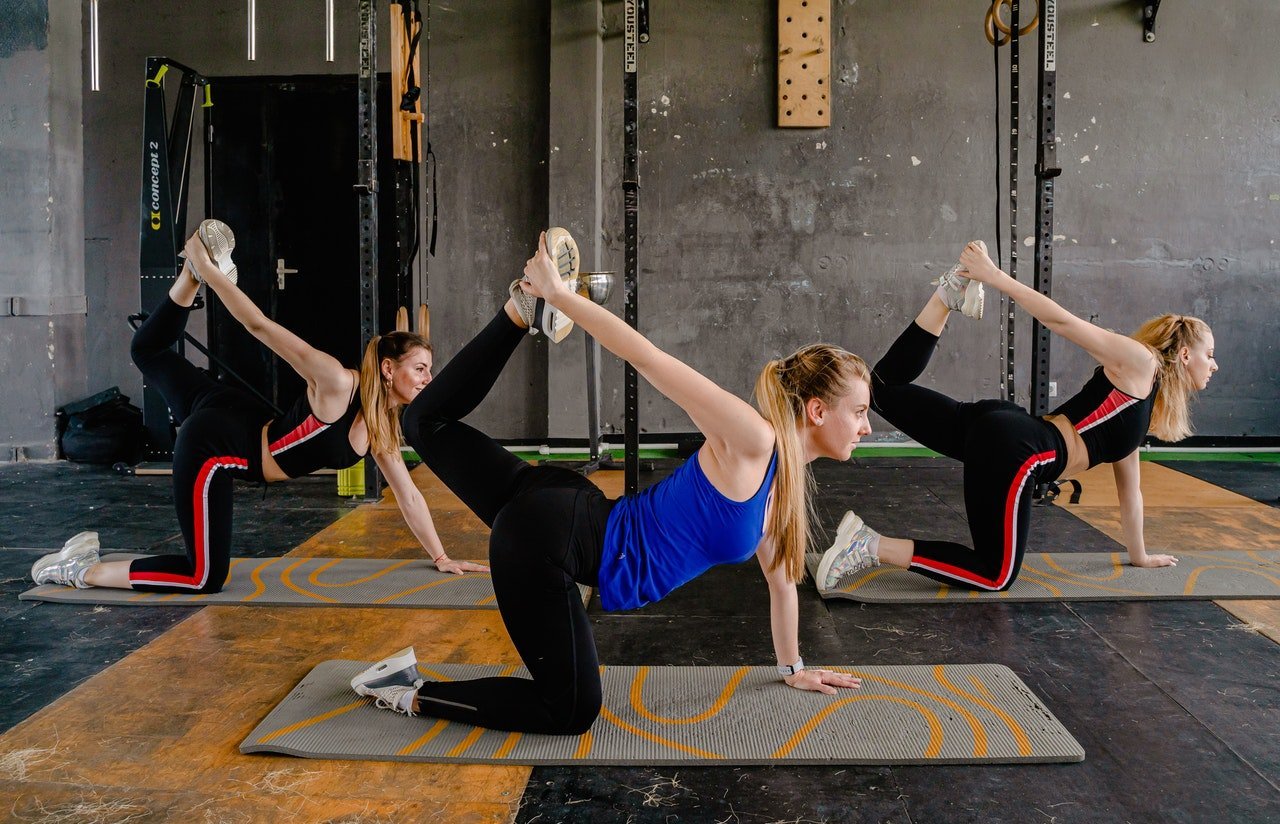Employee wellness programs are more important than ever as the lines between work and home life continue to become increasingly entangled in the wake of the COVID-19 pandemic. With more people working from home, and with many also managing their kids’ virtual learning simultaneously, it’s no surprise that workers are experiencing burnout, loss of productivity and struggling to maintain their physical and mental health.
With new stressors piling on workers every day, employers need to take a more proactive role in improving employee health by creating wellness programs that take individual needs into consideration to offer the greatest benefit. What may help one employee, may offer little to no benefit for another, which is why it’s important to offer a diverse array of initiatives.
In this blog, we’ll talk about what an employee wellness program is, and three reasons why you should consider implementing one.
What is an employee wellness program?
An employee wellness program is a collective of initiatives put into place to improve overall health, as well as to provide resources, knowledge and support for employees to manage health-related issues. When thinking about wellness, it’s important to understand that a person’s overall wellbeing extends beyond just physical health and includes other dimensions as well—for example, social, financial, environmental, and mental health.
One-size-fits-all programs tend to fail to meet most employees’ actual needs, thereby offering little real value. The most successful types of wellness programs address different dimensions of wellness through various programs, providing multiple pathways for employees to improve health across all boards.
Why should you offer an employee wellness program?
Investing in your employees is investing in your business, and when your workers are at their finest, your company will reap the benefits. As an employer, it’s important to provide career development opportunities, as well as holistic support, to help your employees be the best they can be.
Key benefits of an employee wellness program:
The ultimate goal of an employee wellness program is to improve your workers’ overall health and wellbeing, but there are benefits for business owners as well.
Here are three top reasons to have an employee wellness program:
- Improve employee health
With the right education and resources, people are able to change their behaviors for the better. Employee wellness programs are a great way to promote healthy lifestyle habits by providing the knowledge and support needed for your workers to make positive, long term changes. Healthy habits lead to lower health risks and fewer chronic illnesses—and, in turn, having fewer employees with chronic illnesses can lead to reduced healthcare costs for employers. - Increase employee engagement & reduce absenteeism
When workers feel better, they perform better—and they call out of work less often. Offering an employee wellness program shows your workers you’re invested in their long term health and success, which, in turn, makes them more likely to stay with your company. By reducing turnover, employers can save a lot of time and money on hiring, recruiting and training costs. - Workers want wellness
In the post-pandemic landscape, employees are more stressed than ever. In fact, one recent study found that nearly 70% of workers claimed this was the most stressful time of their entire professional career. With an increased focus on health, more employees are seeking out employers who demonstrate a vested interest in their health and wellness. In addition to keeping your current workers happy and healthy, a comprehensive employee wellness program can be used as a recruiting tool to attract top talent.
Conclusion
Successful employee wellness programs are a win-win for everyone—employers can lower healthcare costs by improving employee health, reduce absenteeism and boost employee engagement, all of which contribute to a happier, healthier workforce.









